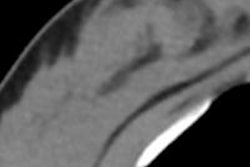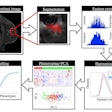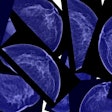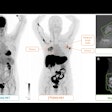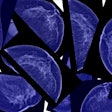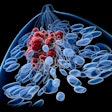Dr. Reni Butler, of Yale University, and colleagues analyzed the rates of BI-RADS categories in diagnostic patients who had tomosynthesis versus those who had mammography. The group paid special attention to lesions categorized as BI-RADS 3, or "probably benign."
The study included all diagnostic patients over two six-month intervals before and after tomosynthesis began to be used. In the first interval, 2,850 diagnostic mammograms were performed, and of these, 914 patients, or 32%, were categorized as BI-RADS 3. The researchers found 977 abnormalities in the BI-RADS 3 patients: 363 asymmetries (37%), 398 calcifications (40%), 201 masses (21%), and 15 architectural distortions (2%).
During the second interval, 2,761 diagnostic mammograms were performed; 2,036 of these patients had tomosynthesis, and 563, or 27.6%, were categorized as BI-RADS 3. The 563 BI-RADS 3 patients had 602 findings: 186 asymmetries (31%), 245 calcifications (41%), 158 masses (26%), and 14 architectural distortions (2%).
Butler's group found that the BI-RADS 3 rate decreased from 35% in the pretomosynthesis group to 27% in the post-tomosynthesis group, with fewer asymmetries and masses that required short-term follow-up. The number of women categorized as BI-RADS 1 or 2 (negative or benign findings) and BI-RADS 5 (highly suggestive of malignancy) increased as well, suggesting that using tomosynthesis with diagnostic patients can characterize lesions more accurately.






